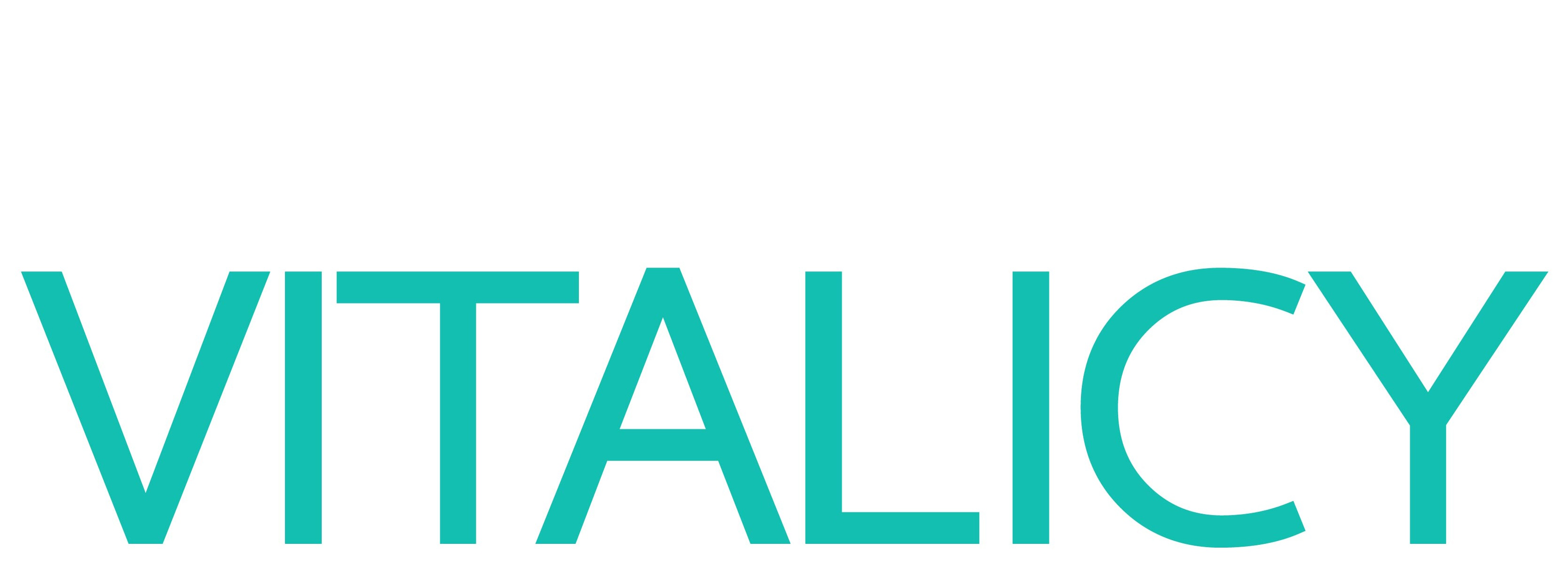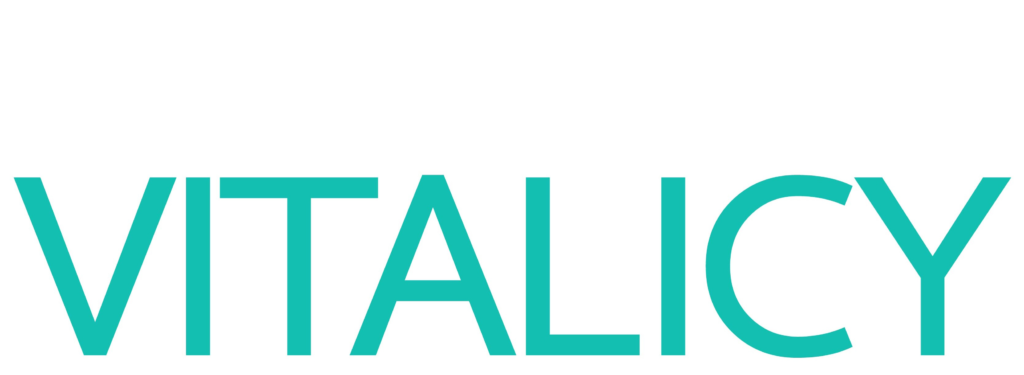No products in the cart.
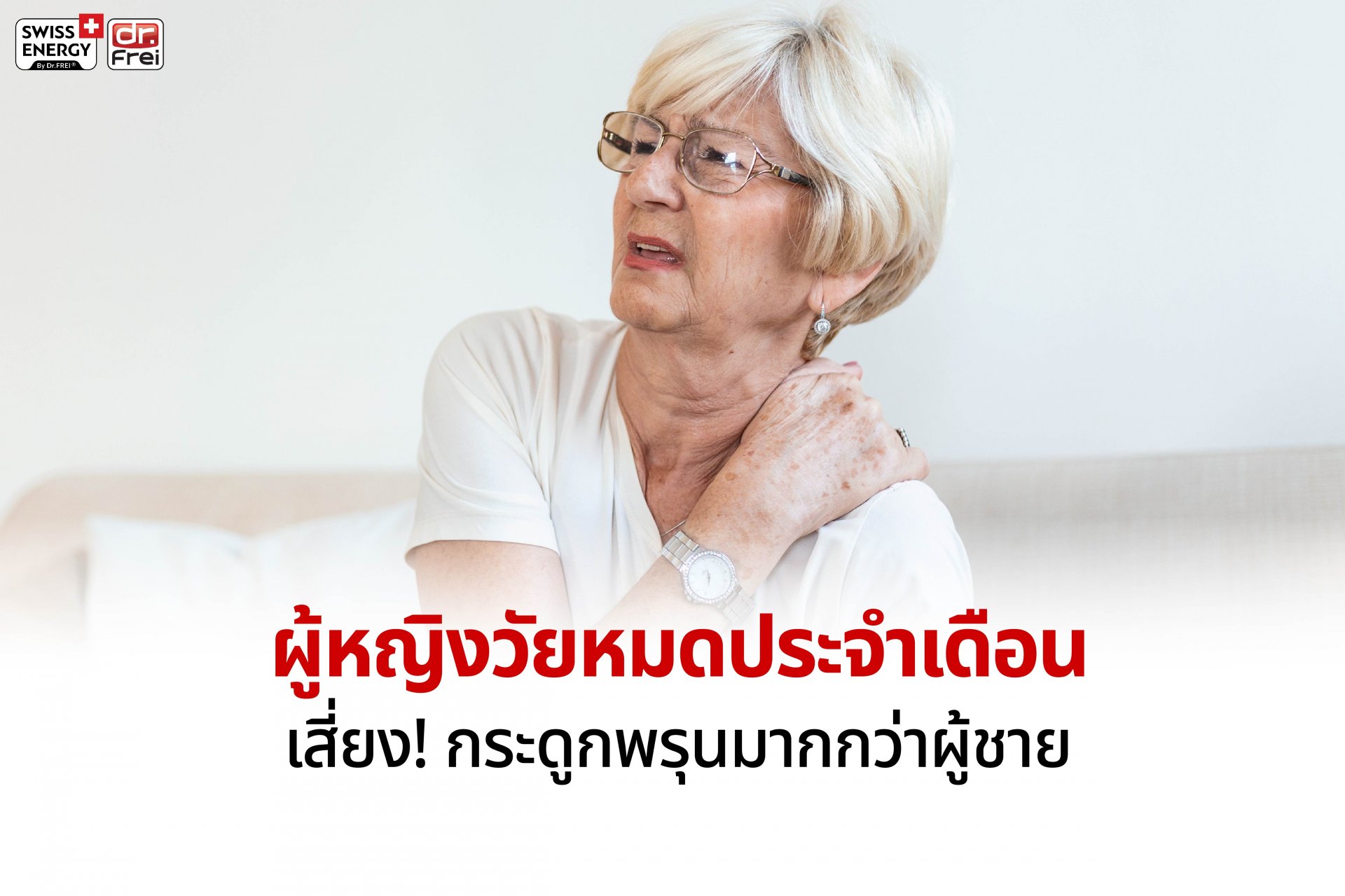
Postmenopausal women are more at risk for osteoporosis than men.
Osteoporosis is characterized by weak and brittle bones. This makes them more at risk for bone fractures and fractures. Osteoporosis is common in the elderly. Both men and women can develop osteoporosis. But postmenopausal women are at greater risk. compared to men and is one of An important cause of bone fractures even after a mild impact. This article explores the reasons for this difference. and emphasize the importance of preventing and managing osteoporosis in postmenopausal women.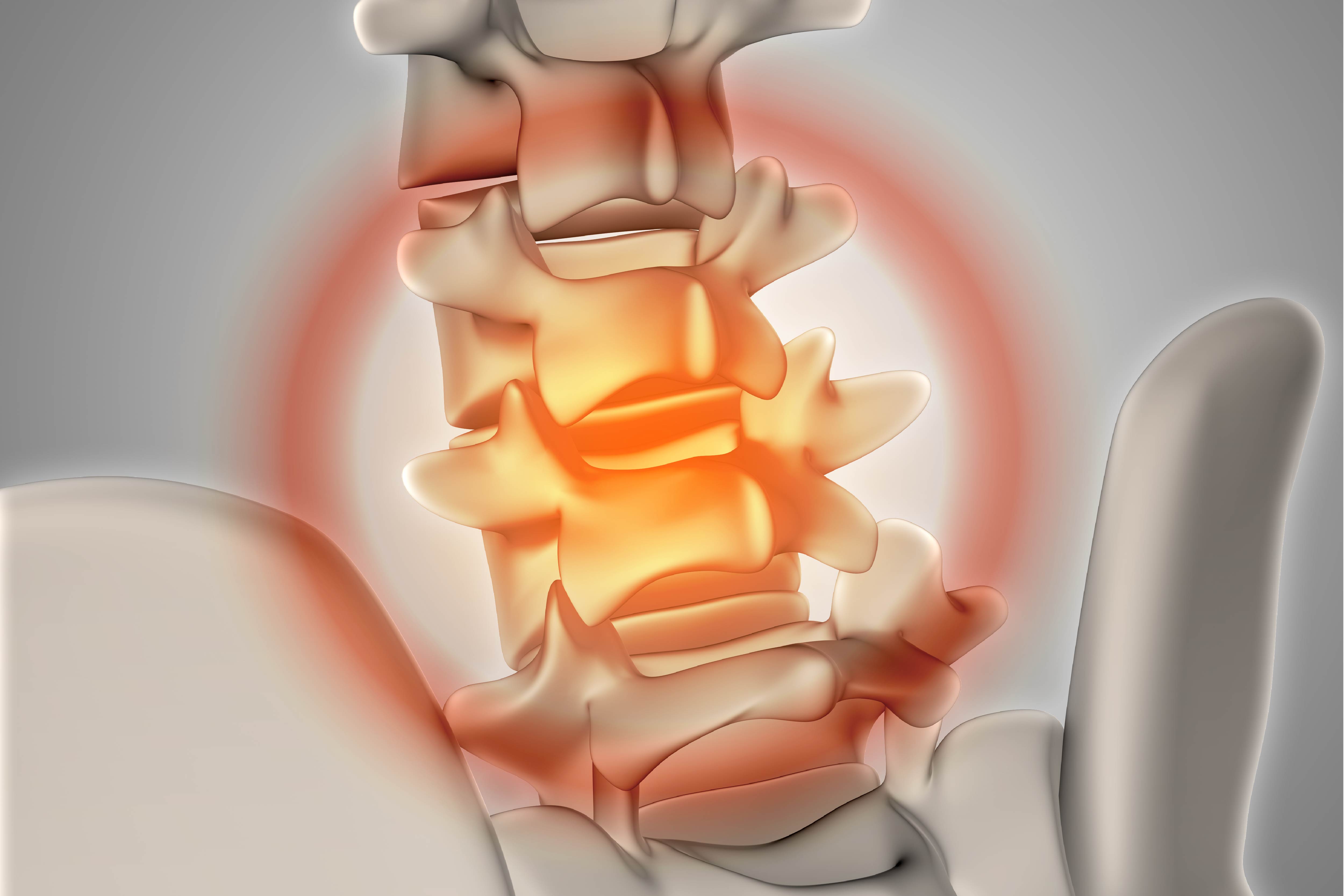
1. The role of estrogen
Estrogen, a hormone found primarily in women. It plays an important role in maintaining bone health. Helps control the balance between bone formation and resorption. This causes bones to remain strong and dense. However, during menopause Estrogen levels are significantly reduced. As a result, women are at risk for bone loss and osteoporosis.
2. Rapid bone loss
Hormonal changes related to menopause can lead to accelerated bone loss in women. During the first five years after menopause Women can lose up to 10% of their bone mass. This rapid decrease in bone density increases the risk of fracture. This is especially true in weight-bearing bones such as the hips, spine, and wrists.
3. Factors related to age
Aging Bones will gradually become thinner. Menopause usually occurs around age 40, which coincides with the age at which bone mass begins to naturally decline in both men and women. However, women tend to have a lower peak bone mass to begin with. This puts you at greater risk for osteoporosis as you age.
4. Lifestyle factors
Many life or lifestyle factors It can result in an increased risk of osteoporosis in postmenopausal women. This includes living a sedentary lifestyle. Inadequate calcium and vitamin D intake, smoking, excessive alcohol consumption and lack of weight-bearing exercise Dealing with these factors Through making changes to your daily life, you can help reduce your risk of osteoporosis.
5. Genetic defects
A family history of osteoporosis can also affect an individual's susceptibility to the condition. If a woman has a close family member, such as a mother or sister, who has osteoporosis or has a broken bone Your risk of developing this condition increases.
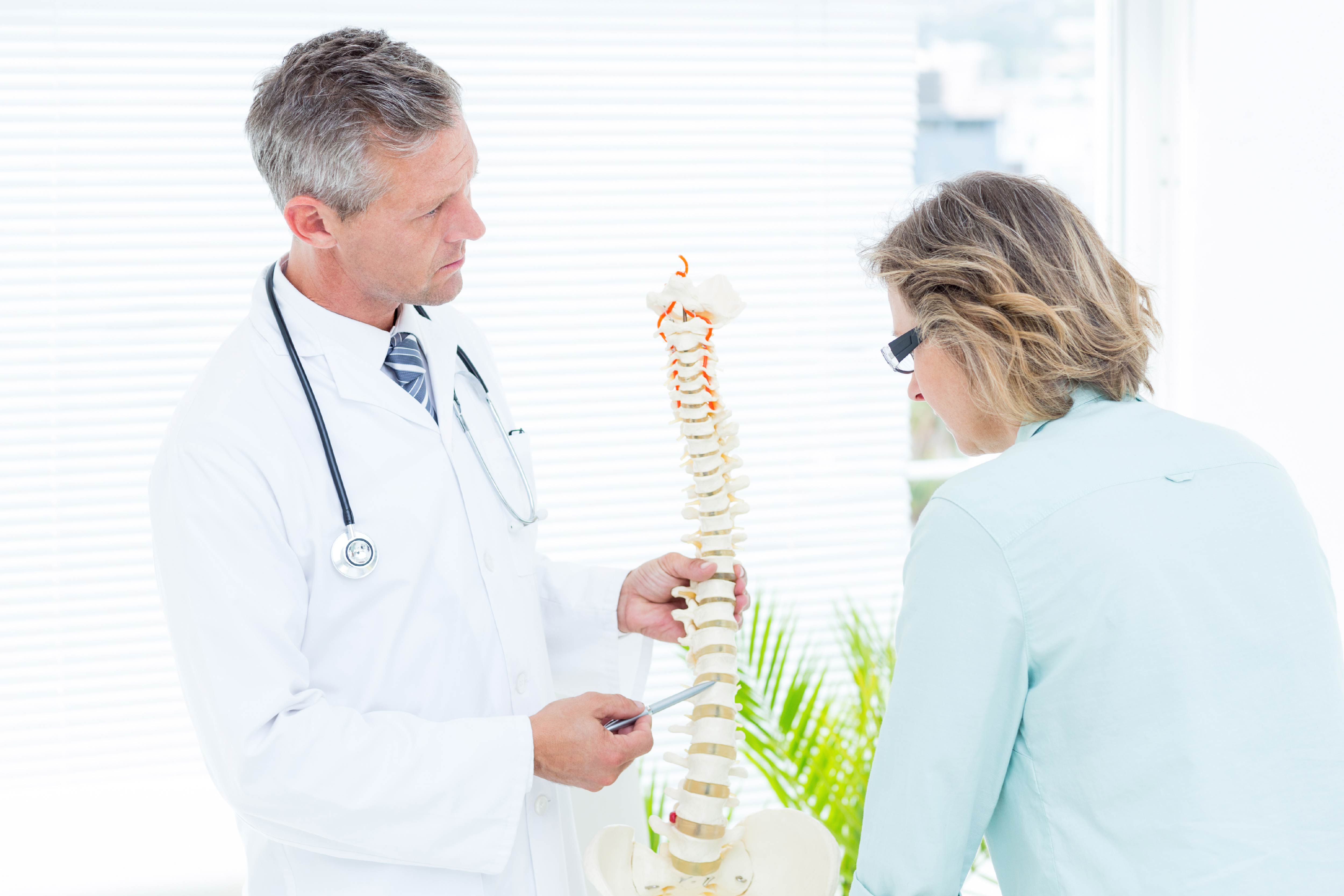
Prevention and management
To reduce the risk of osteoporosis Menopausal women should consider the following precautions.
1. Eat a balanced diet rich in calcium and vitamin D.
2. Do regular weight-bearing exercise, such as walking or strength training.
3. Avoid smoking and drinking too much alcohol.
4. Avoid consuming caffeine.
5. Get regular bone density screening to monitor bone health.
Menopausal women face Higher risk of developing osteoporosis compared to men This is due to various factors such as hormonal changes. rapid bone loss Age related factors Lifestyle choices and genetic defects
To slow down bone loss or strengthen bone mass. Reduce the risk of osteoporosis And helps reduce the chance of bone fractures that may follow. It is recommended to eat foods high in calcium such as milk, sesame, green leafy vegetables, or get calcium and vitamin D supplements.
Don't forget that it's important to take care of your bones. Women can Maintain bone health and can enjoy a higher quality of life during and after menopause.
Bone Care Vitamins
SWISS ENERGY BY DR.FREI CALCIVIT CALCIUM PLUS
Mixed with Vitamin D3, Vitamin K2, Zinc, Copper and Magnesium
6 types of vitamins and minerals
Produced and imported from Switzerland
Has been certified for quality through standards from the Thai FDA. and international standards
New innovation “Sustain Release Capsule”
Helps the body absorb vitamins for more than 8 hours.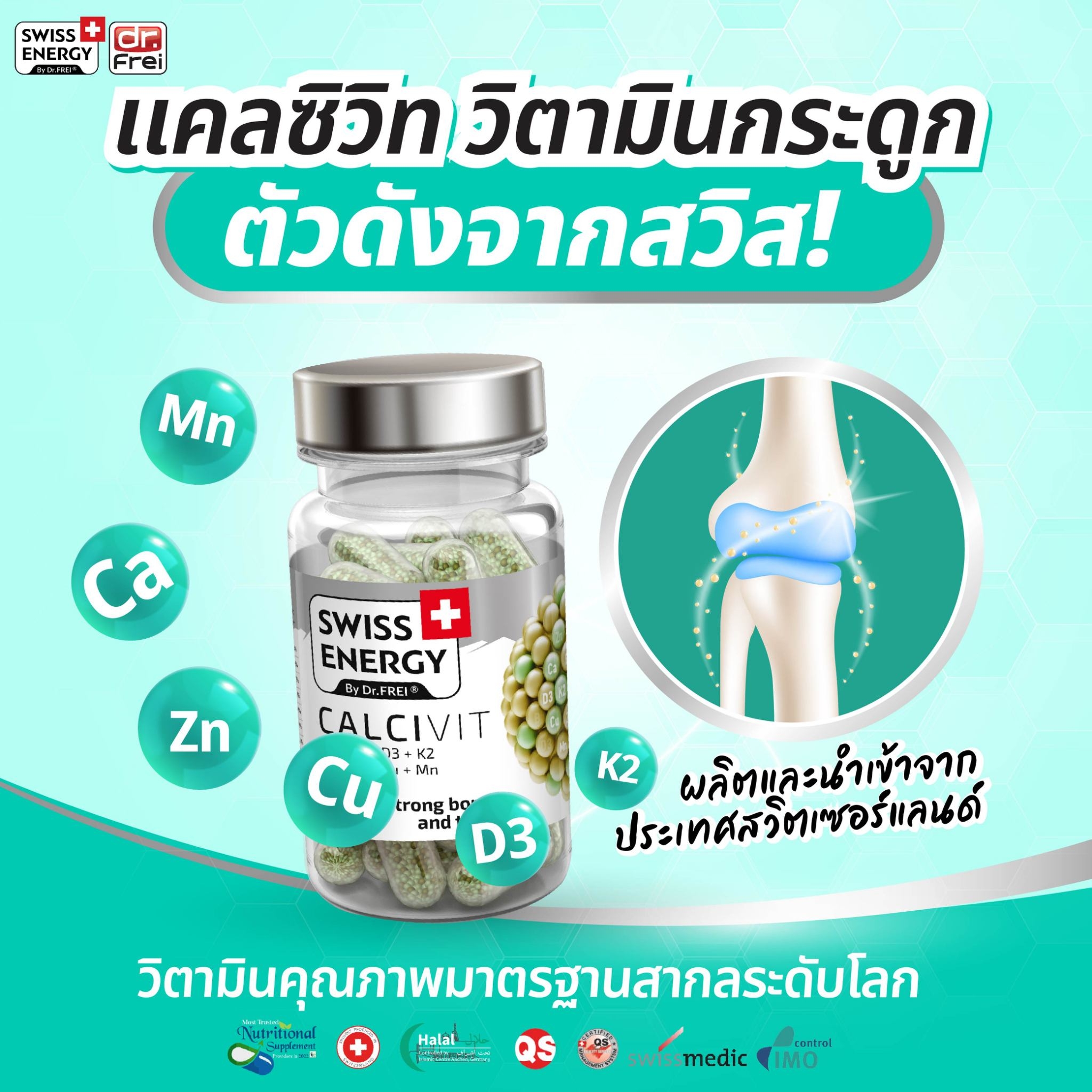
Reference : Chiang Mai University “Preventing osteoporosis in postmenopausal women”, Phyathai Hospital “ Osteoporosis The silent danger of menopausal women
